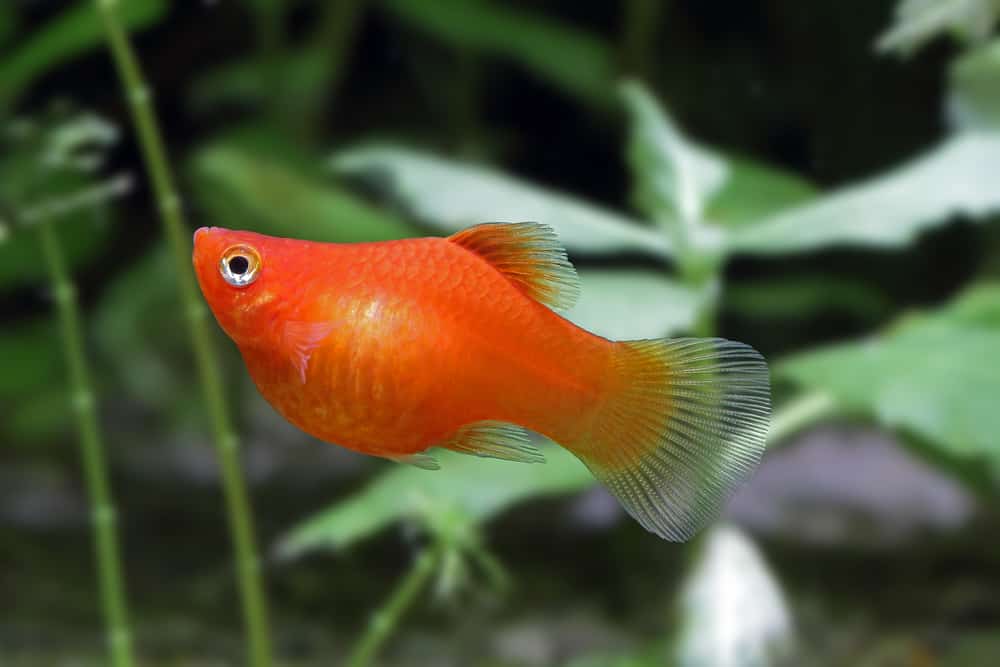
Whether you’re new to caring for fish or you’re an old pro, it can be difficult to tell the difference between a Molly and a Platy.
Is it all physical or does it go deeper?
How different are their needs?
Which one is right for you?
Thankfully, it’s not difficult to choose between the two.
With such small differences, you may not even have to!
Even if you don’t have to choose between the two, it’s still good to know the difference between all the species in your tank.
Each fish is unique, and even if two species are close, it pays off to know how to take the best care of them.
What’s the Difference Between Mollies and Platies?
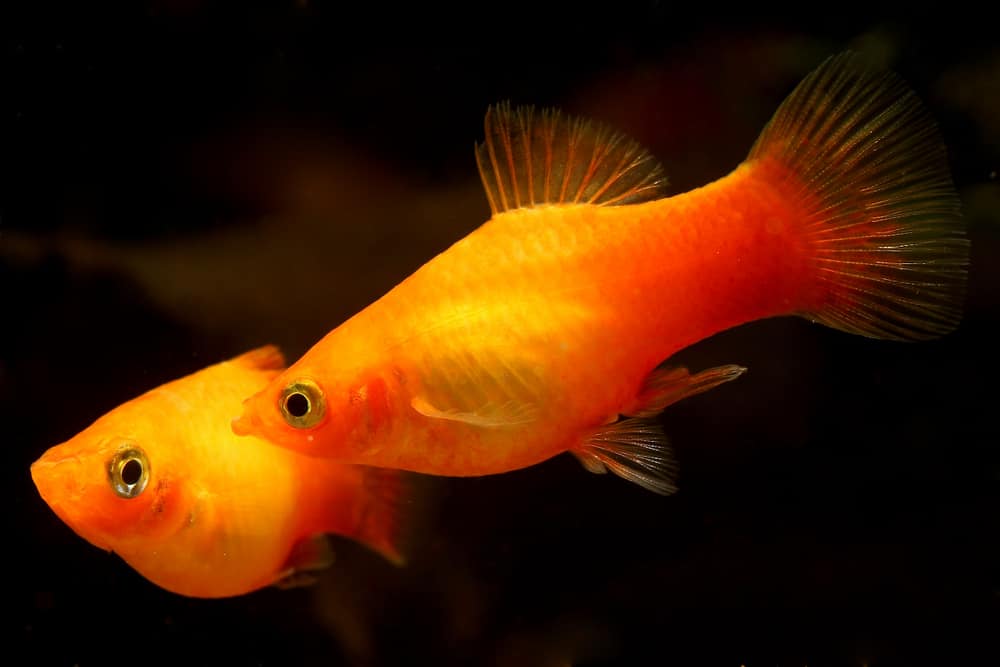
The differences between a Molly and a Platy can be difficult to spot, as they’re both members of the same family of live breeders, and they look very similar.
One of the biggest differences in them are physical traits.
Mollies are sleeker than Platies, and Mollies have a mouth that faces upwards.
They also have different tank requirements, diets, and ways of bearing fry.
One thing they do have in common, though, is the fact that they’re both very easy to care for.
Their simplicity in that aspect makes them both great for beginning aquarists.
A closer look at both species is the best way to understand their differences and why they’re so important.
It might surprise you just how much they have in common—and what they don’t.
Mollies
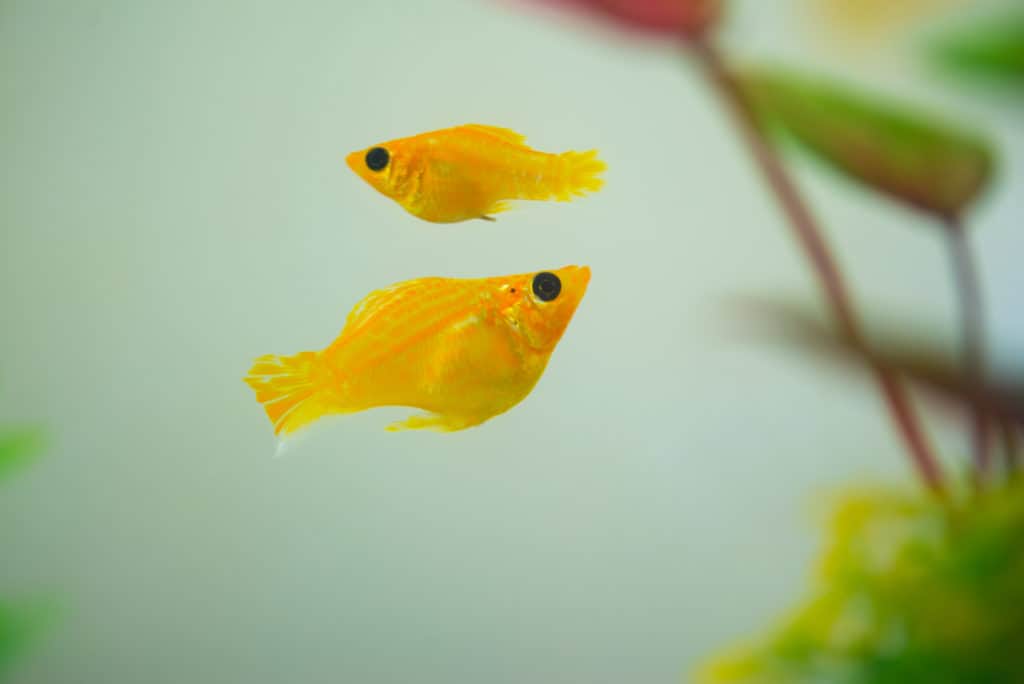
Let’s begin with Mollies.
These somewhat small fish are peaceful and easy to care for, making them perfect for a novice’s first community tank.
There are quite a few different types of Mollies, and they can be found in many colors.
These freshwater fish can be found in a plethora of different places.
The common Molly can be found all throughout Mexico and Northern South America.
You can also find different types of Mollies along the Gulf of Mexico, coastal Yucatan, and along the southeastern coast of the United States.
Mollies are hardy and are able to adapt to a large variety of conditions, due to years of interbreeding them in tanks.
Just like Platies, they’re energetic and colorful while being slightly larger and a little more aggressive than Platies.
Platies
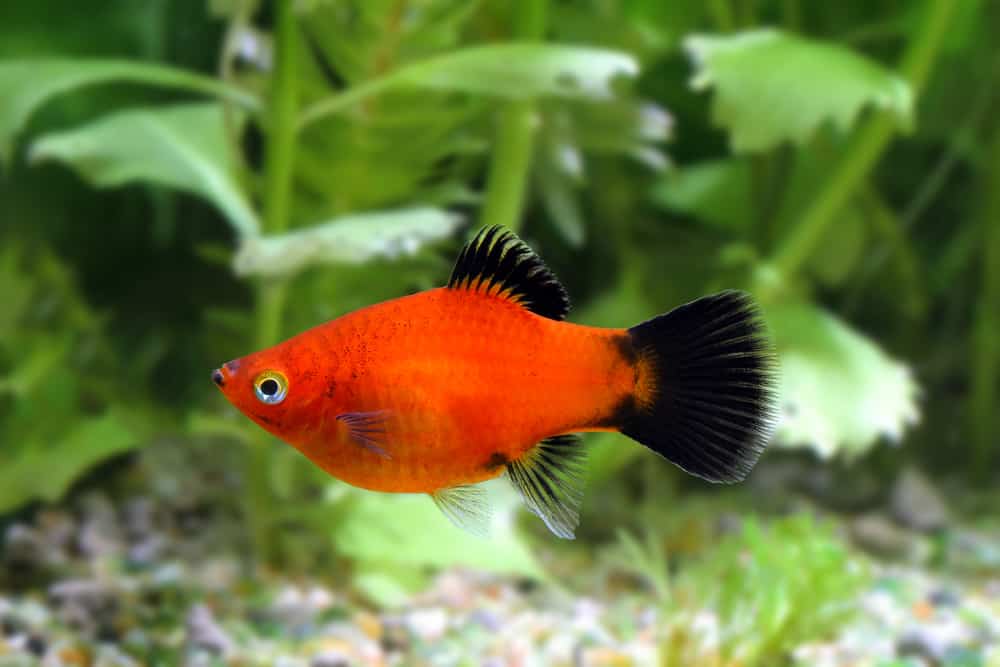
Now, on to Platies.
Platies are one of the easiest, hardiest fish you will ever care for.
Platies are active, social, and get along just fine with countless other fish.
Platies are tropical fish which prefer slow-moving waters, and they can be found in freshwater rivers in Mexico, but also in ditches, warm springs, canals, and marshes.
They have been bred to show off vibrant, stunning colors and patterns that you can’t find in their natural habitats.
There are a couple different types of Platies, the main two being Southern Platies and Variable Platies.
The two types have been so interbred for so long that most domesticated Platies are an indistinguishable mix of both.
Platies are so hardy and friendly that they can be housed in nearly any community tank, given they have the right tankmates and conditions.
Differences in Tank Care

When it comes to tank care, how are you supposed to know which fish needs what?
Thankfully, their needs are very similar, and they can even be housed together.
The proper tank setup for a Molly is one with enough room to swim around and explore, no smaller than 10 gallons, with a sandy substrate.
They should also have a lot of plants in their tank, but the details beyond this, such as water hardness, pH, and temperature, can vary by Molly type.
Mollies love taller plants, and they like crevices and caves to hide in and explore.
While the specifics of the tank’s water can vary, a good ballpark to keep their conditions in include a temperature of 72 to 78 degrees, a water hardness of between 20 and 30 KH, and a pH of 6.7 to 8.5.
Platies, on the other hand, are very hardy, and can survive in a wide range of environments.
They enjoy warm water with a gravelly substrate, and a plant-heavy environment which is not only crucial for them, but for their potential fry as well.
With Platies, their water temperature should be in the low 70s, have a water hardness between 10 and 28 dGH, and a pH of somewhere between 6.8 and 8.
They should also have their water changed regularly—about 25 percent every two weeks.
The Difference Between Diets

If you’re going to be keeping both Mollies and Platies in the same tank, it’s important that they both receive a proper diet.
Mollies are omnivores and aren’t exactly known to be picky.
In their natural habitat, their diet consists of mainly plants and algae, with the occasional small invertebrate.
They can be fed similar things when kept in an aquarium, and they should be fed tiny amounts twice a day.
You should give them as much as they can eat in two minutes.
Platies, who are also omnivores, have a pretty similar diet.
They should be fed more plants than they are meat.
You can give them bloodworms, brine shrimp, or tubifex once or twice a week as a treat.
They should be fed several times a day but only be given an amount that they can eat in three minutes.
Their Behaviors

Now we move on to behaviors.
You have to make sure they’re going to get along with one another and their other tankmates.
Thankfully, housing them either together or separately isn’t complicated.
Mollies are typically peaceful fish, and they won’t show any signs of aggression unless their tank is overcrowded, or they have aggressive tankmates.
They’re typically very social and enjoy living in a small group.
They also have very distinct personalities, which can be observed by watching them closely.
These social little creatures are sure to steal your heart.
Platies are very similar.
They like to live in small groups of five, are very active and playful, and are peaceful fish.
Males, however, can pose a bit of a problem if there aren’t enough females in the tank.
Since Platies are such active breeders, the males may harass females for attention, which will stress and exhaust the females.
Platies will also group up and can be seen in a shoal when they aren’t exploring or jumping.
Because of their tendency to jump, it’s a good idea to keep their tank covered.
Can I House Mollies and Platies Together?
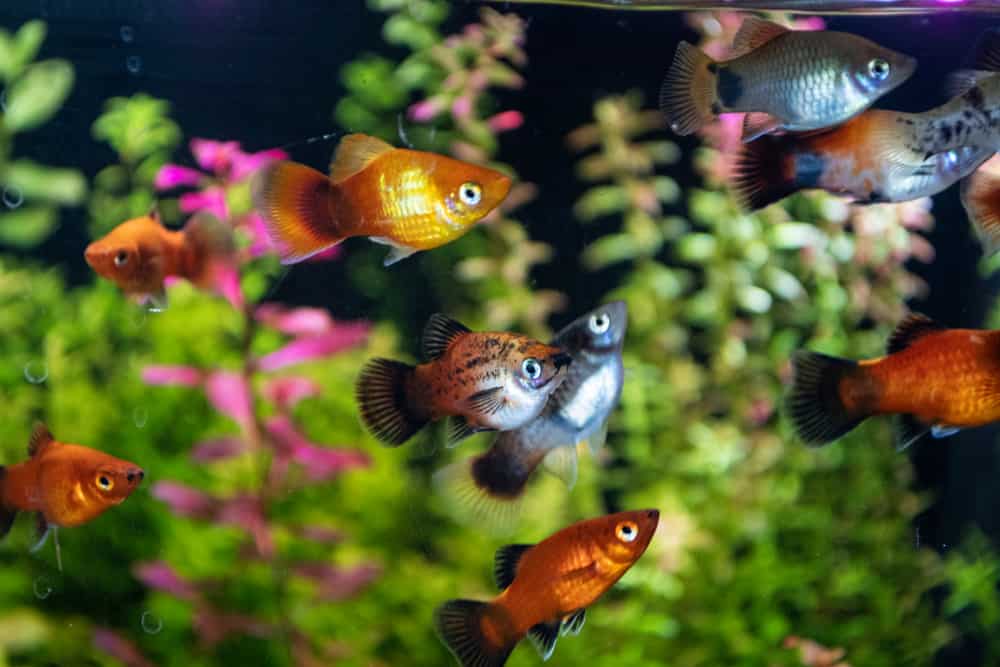
Yes, you can!
You most certainly can house your Mollies and Platies together, as long as the tank is large enough to hold their shoals and any other tankmates they may have.
In addition to Platies, Mollies can also be housed in a tank with Rosy Barbs, Cherry Barbs, Zebra Loaches, Yo-yo Loaches, Dwarf Gourami, Tetras, and Corydora Catfish.
Meanwhile, some of the best tankmates for your Platies are Swordtails, Guppies, smaller, peaceful barbs, Characins, Tetras, Corydoras, and Gouramis.
They also enjoy living with shrimp and snails.
Unfortunately, not all fish will get along, and there are a few species you should avoid housing with either of these.
For Mollies and Guppies alike, you should avoid larger, more aggressive fish such as Cichlids.
As long as there aren’t any large, aggressive fish, and you don’t have too many males in your tank, there should be nothing but peace in your little aquatic community.
Breeding Platies and Mollies
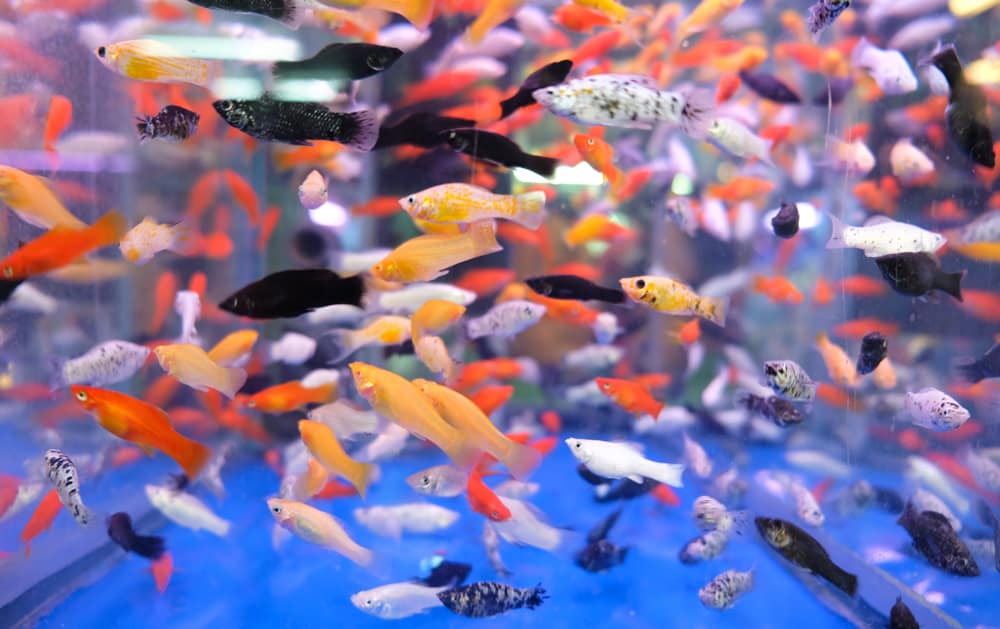
You might even be wondering if you can crossbreed Mollies and Platies with one another, and the answer is no.
While Mollies and Platies are very similar in a lot of different ways, if you want to crossbreed certain species, they have to be very closely related to one another—and Mollies and Platies are not.
They can, however, be bred within their own species.
Platies are probably the easiest fish you’ll ever breed, as they require no changes to their tank or any prompting at all.
As long as you have a male and female platy in your tank, you will pretty much always have fry, too.
Meanwhile, Mollies are almost the polar opposite, needing the perfect tank conditions in order to have fry.
That’s not to say that they’re difficult to breed, though.
They’re great for beginners.
A breeding tank for Mollies should have the right temperature, on the warmer side but no higher than 78 degrees.
You should see your male Mollies performing a courting display, and when the female is ready, she will allow the male to fertilize the eggs.
They are live bearers, and they will give birth to up to 100 fry 35 to 45 days after fertilization.
Common Illnesses
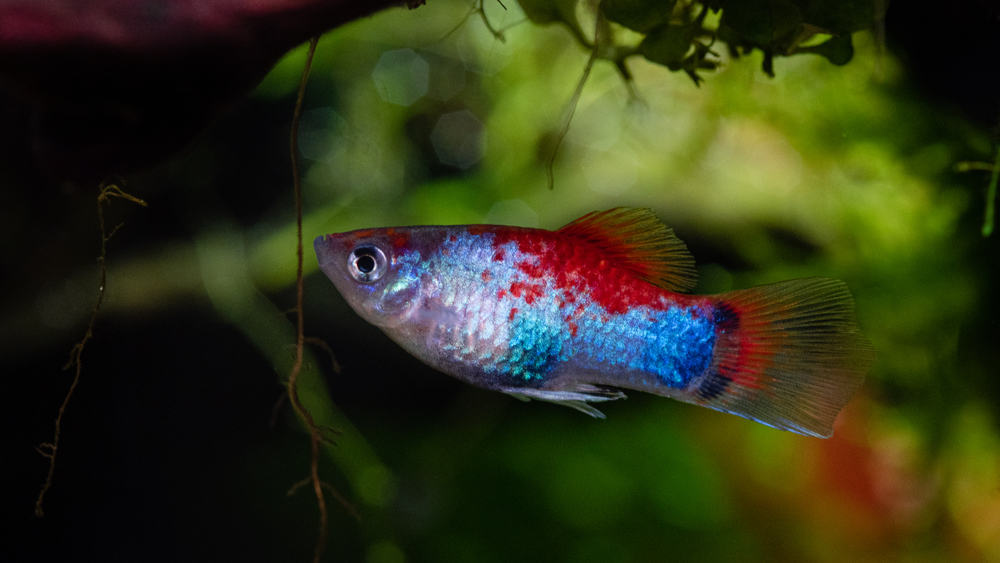
There are a few common sicknesses that can fall upon your fish, but are there any that will affect your Platies and Mollies specifically?
There are a couple of common diseases you should watch out for, such as fin rot and ich, and there are a few others that will affect Mollies and live bearers specifically.
For Mollies, you may encounter problems with Swim Bladder Disease, which you will know your Molly has when you see them swimming upside down or remaining completely motionless.
The swim bladder allows your fish to swim upright.
When your fish contracts Swim Bladder Disease, it causes irregularities which make it difficult, and sometimes impossible, to swim properly.
Swim Bladder Disease can be fatal when left untreated, and it can be caused by a few different things.
The causes can range from the fish’s organs pushing into their swim bladder to bacteria in their tank.
Another disease to watch out for is Mouth Fungus, which can affect all live bearers.
It’s caused by a certain type of bacteria which attacks the mouth specifically.
The bacteria grows and causes a cotton-like growth that eats away at the fish’s jaws and makes it difficult to breathe.
Mollies, Platies, and Everything in Between
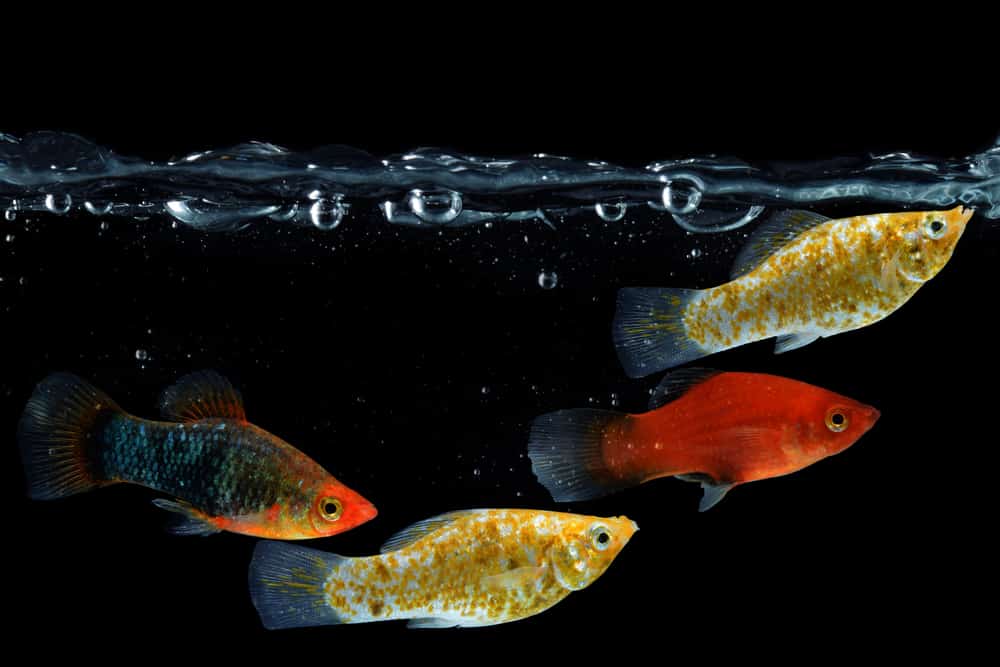
That’s all there is to know about the differences between Mollies and Platies!
Though they may have their slight differences, it turns out that a lot of their aspects aren’t very different after all.
The differences they might have may not matter in the end.
As long as you can tell them apart, you’re golden.
Whether you house them together or apart, you now know how to tell the difference between a Platy and a Molly, as well as the differences in their care.
Now you can use your newfound knowledge to take the absolute best care of your fish that you can.
Do you house your Platies and Mollies together?
Do they get along well?
Do you have any tips or advice about caring for either species?
Leave us a comment down below.
We look forward to hearing from you!
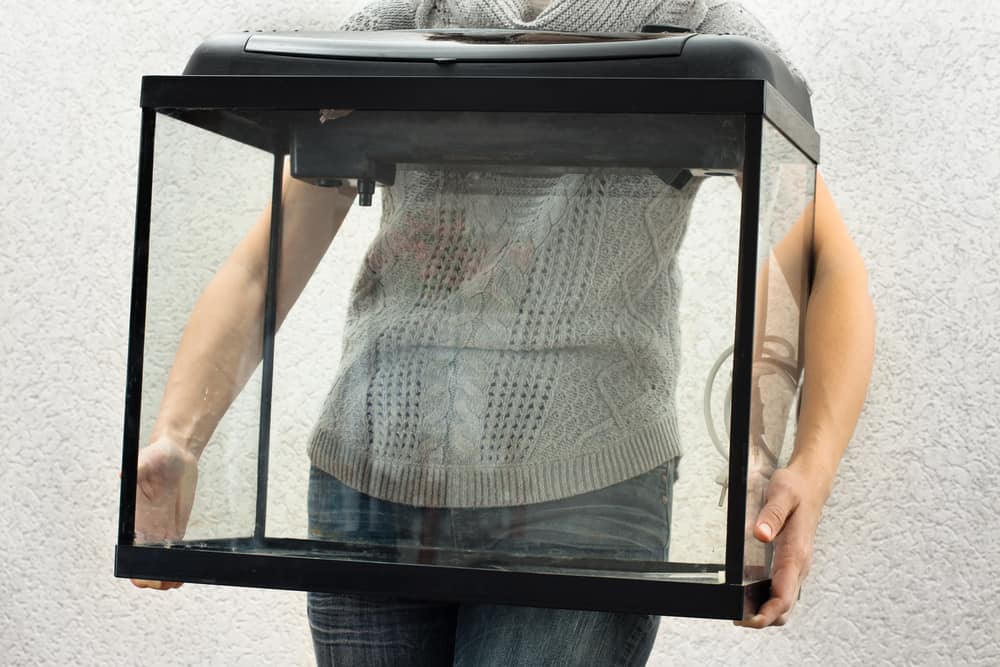

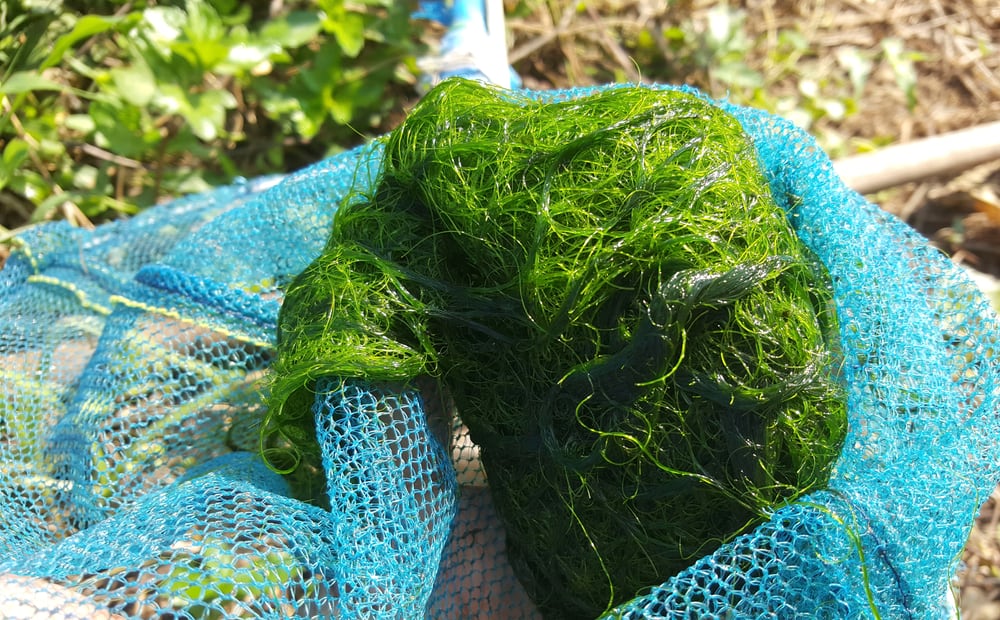
Leave a Reply
You must be logged in to post a comment.